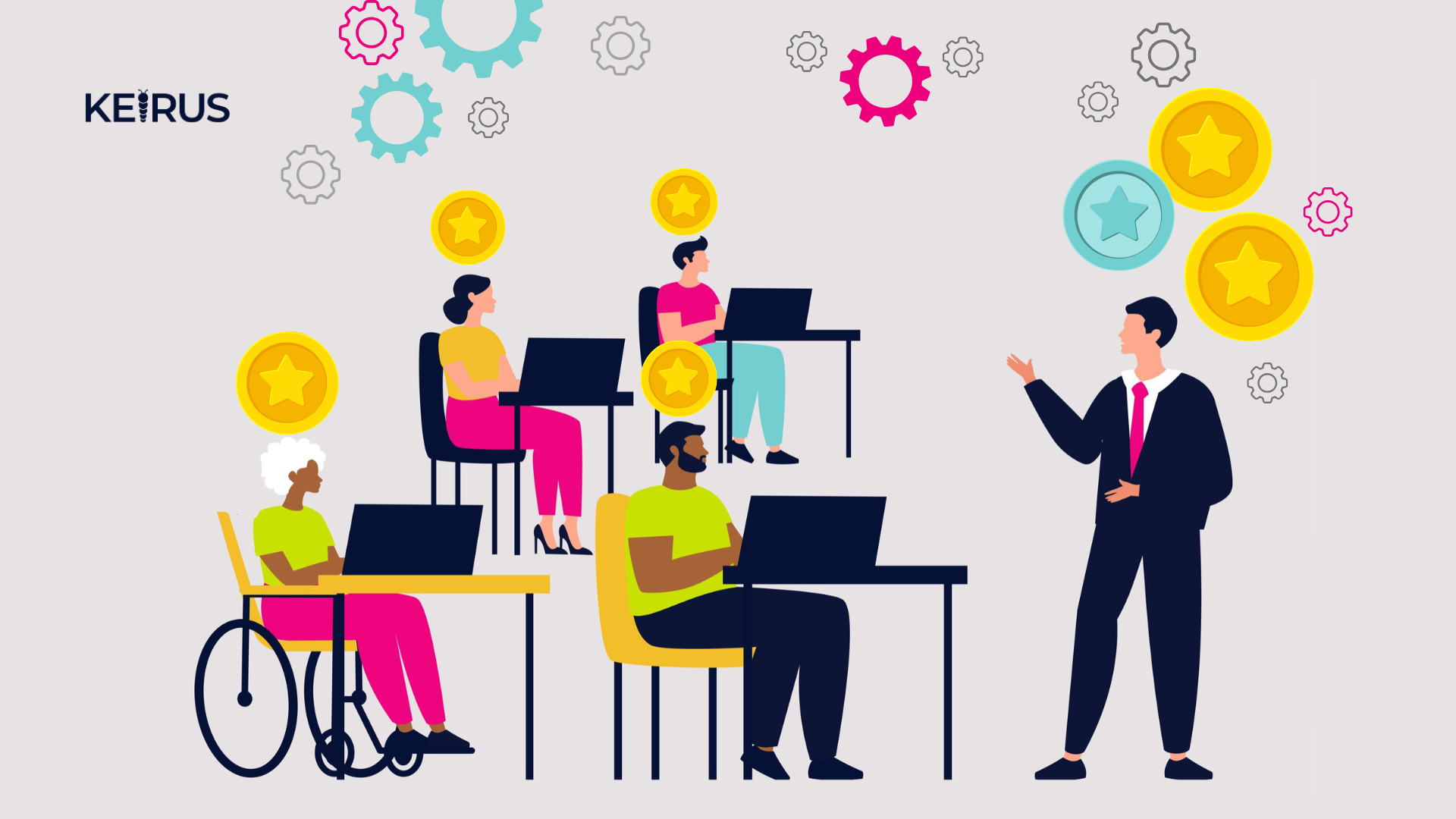Five Reasons the Goldman Sachs Discrimination Lawsuit Matters
A decades long battle over gender bias and discrimination was recently settled in New York between more than 2,800 plaintiffs and Goldman Sachs. While the case settled for $215 million, the cost is much higher.
How much did Goldman spend in legal fees across the 13-year span of this case?
How much did the Wall Street Bank spend on recruiting over the last 13 years to address turnover issues resulting from its culture labeled as hostile by plaintiffs?
What is the reputational impact and how expensive will it be in the coming years to undo the harm?
They say time heals all wounds, but it also exposes problematic infrastructures that appear to be successful and prosperous. Broken and discriminatory systems, policies and practices fail in the long run, sometimes costing upwards of millions of dollars. Workplace cultures with recurring and unresolved biased behaviors and decisions burn bridges within the talent pool and jeopardizes your brand.
If you are not investing in building inclusive competencies across all team members and holding leaders accountable for inequitable practices, you are creating a leaky culture that’s costing you more than you know.
Here are five ways to assess your organization for vulnerability and risk.
- Most leaders lack the necessary leadership development and training to implement inclusive practices in the day-to-day management of their teams. At best, organizations emphasize emotional intelligence in leadership training, but this approach falls short and lacks the cultural intelligence lens needed to mitigate bias in talent decisions. If your leaders are still saying, “I only hire the best talent,” you have a problem. The right inclusive leadership training provides practical tools that help busy leaders implement authentic and practical approaches to leading inclusively.
- An intentional approach to recruiting diverse talent is important, but if your culture is creating a revolving door, the demographics of your leadership team will look the same in five years as it does today. Do the work before a lawsuit requires you to. If your employee engagement survey results are not analyzed properly by demographic data, you have a problem. The systems and behaviors that cause traditionally marginalized people to leave will perpetuate a vicious cycle.
- The terms of the gender discrimination lawsuit against Goldman Sachs requires that they partner with an outside firm for three years to ensure “accurate, reliable, and non-biased outcomes" for employees. If your leaders bristle when required to complete an elearning module about unconscious bias once every two to three years, you have a problem. Sporadic, check-the-box DEI training is not enough to change behaviors. Organizations need a multi-year learning plan that increases DEI awareness and competency building over time.
- Pay, promotions and performance management are the trinity of talent management practices most often saddled with inequity and bias. Such was the case according to the class action judgement against Goldman Sachs. If succession planning and talent review exercises in your organization yield the same outcomes year after year, you have a problem. Do not be disillusioned into thinking talent decisions are made purely on merit. Bias and preferences often shape the definition of “top talent” and determine who gets developed and sponsored creating disparate outcomes for those who do not fit within the tight margins.
- Just because you have active employee resource groups (ERGs) and are making strides with supplier diversity, your culture can still have systemic issues that covertly undermine progress. Goldman Sachs has a history of investing in diverse-owned small businesses that support economic growth and social impact. If your DEI strategy is not comprehensive and embedded within the culture, you have a problem. Employee resource groups and DEI Councils can help, but they are not the cure-all.
If this checklist is highlighting gaps in your culture, it's time to build the urgent case for DEI in your organization. A CNBC/SurveyMonkey Workforce study identified that 80% of survey participants want to work for an organization that values DEI. Some workers base decisions to stay with a company around the organization’s commitment to DEI. A 2022 EY US Generation survey found that 76 percent of Millennials are willing to leave their organization if DEI initiatives are not part of the culture.
While we cannot know for certain how much Goldman Sachs spent defending this class action throughout the 13-year battle, we know the settlement cost $215 million with a requirement to spend money hiring an external DEI consultant for three years. Between outside attorney fees, the 3-year mandate to hire DEI consultants, and the additional money they will spend to repair their reputation, this one lawsuit could easily carry a half-billion-dollar price tag.
The next time you plan your annual DEI budget and can barely get approval for low six figures, pull out this article with senior leadership and redo the math. The adage, “An ounce of prevention is worth a pound of cure,” has never been truer when it comes to building a strong workplace culture through diversity, accessibility, equity and inclusion.
Together, we transform cultures proactively. Let's talk.
Kelley Johnson—catalyst, builder, and guide “known for building the plane while flying it”— leads KEIRUS and hosts the faith-based podcast, In The Flow.
Our Blog: Transforming with Care




